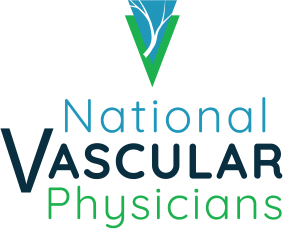
- Areas of Care
Fibroids & Women’s Health
What are Uterine Fibroids? Discover UF symptoms. Take a UF quiz. Learn about UF treatment options.Cancer Care
Minimally invasive treatment options such as radioembolization to enhance the benefits of chemo and immunotherapies.Spine & Joint Care
Discover minimally invasive treatments for collapsed vertebrae, shoulder pain and knee pain.Prostate & Men’s Health
What is BPH? Discover BPH symptoms. Take a BPH quiz. Learn about BPH treatment options such as Prostate Artery Embolization (PAE).Artery Disease
Discover common PAD symptoms and treatment options to treat leg pain and wounds.Vein Disease
What is vein disease? Learn about common conditions such as varicose veins. Discover vein symptoms. What is venous ablation?Hemorrhoid Care
Do you have hemorrhoids? Learn about Hemorrhoid Artery Embolization (HAE) is a minimally invasive procedure used to treat severe cases of hemorrhoids.
- Patient Tools
- Physicians
- Practice
About NVP
National Vascular Physicians (NVP) offers revolutionary minimally invasive, non-surgical treatment options performed by our award-winning physicians in a convenient outpatient setting outfitted with the latest medical equipment.Careers
Better never settles. Neither should you. We are committed to making healthcare better. Come join us!News
Read Our Latest News & Press ReleasesBlog
Read Vascular Health Articles
- Locations
- APPOINTMENTS.
- (301) 276-5670…










